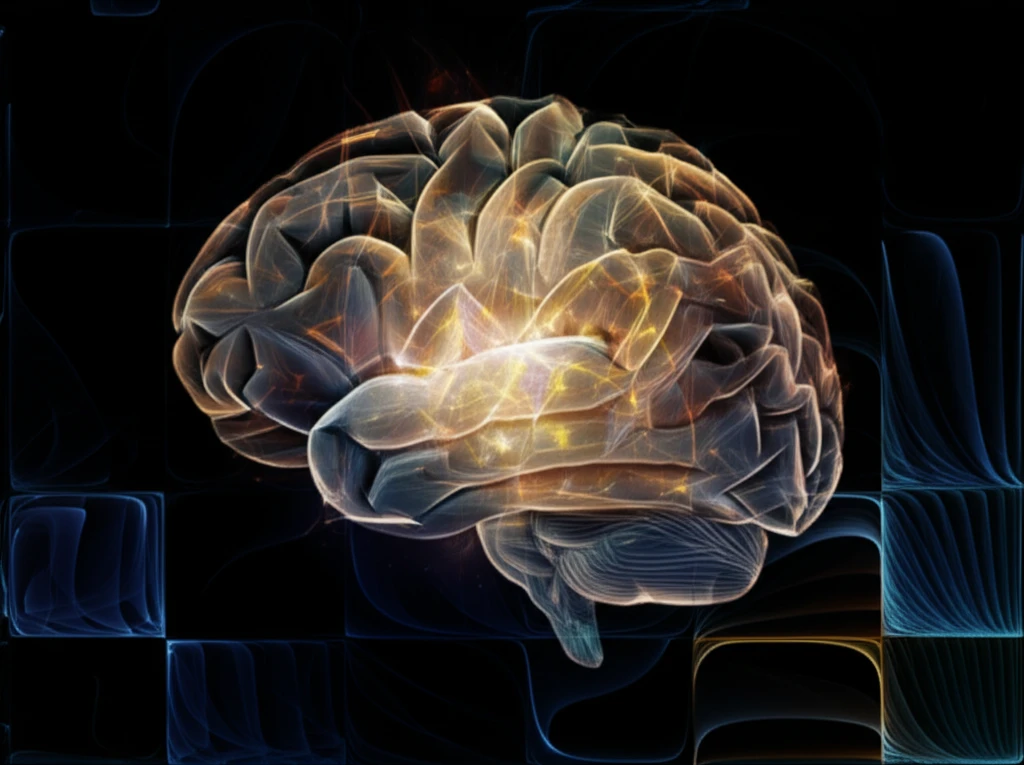
Unlock Your Brain's Hidden Potential: How Shape Learning Rewires Your Visual Perception
"New EEG research reveals how our brains learn to see shapes holistically, opening doors to enhanced learning and visual processing."
Vision is more than just seeing; it's a complex process involving multiple levels of understanding. Our brains take in basic features, integrate them, and construct meaningful object representations. A key concept in this process is the idea that complex visual structures possess a unique quality that differs from simply adding up their individual components. Think of it as recognizing a face, not just individual eyes, nose, and mouth.
For decades, vision research has explored this idea, often referred to as "Gestalt" psychology. The concept suggests that our brains are wired to see the whole before the parts. This holistic approach is evident in how we perceive everything from simple dot patterns to complex shapes, objects, faces, and scenes. But what exactly happens in our brains as we learn to recognize and categorize shapes?
Now, groundbreaking research is shedding light on the neural mechanisms behind holistic shape perception. By using advanced brain imaging techniques, scientists are uncovering how our brains learn to integrate visual information, paving the way for new insights into learning, visual processing, and even potential therapies for visual impairments.
The Science of Seeing Shapes: How Your Brain Builds a Holistic View

Researchers at KU Leuven, Belgium, and the University of Minnesota Twin Cities conducted a study to explore the neural markers of holistic shape representations acquired through learning. Their work, published in Vision Research, uses EEG (electroencephalography) frequency tagging to reveal how the brain integrates individual shape components into a unified whole.
- Shape Tagging: Two parts of each shape were 'tagged' by changing their contrast at different temporal frequencies.
- EEG Monitoring: Brain activity was monitored using EEG to detect emergent frequency components, known as intermodulation responses (IMs).
- Training Sessions: Participants underwent four training sessions to learn the shape categorization.
- Post-Training EEG: EEG recordings were taken while participants viewed both trained and untrained shapes.
Unlocking the Potential of Visual Learning
This research offers a compelling glimpse into the brain's remarkable ability to learn and adapt its visual processing. By understanding how shape learning reshapes neural connections, we can potentially develop new strategies to enhance visual skills, improve learning outcomes, and even address visual impairments. The next time you see a shape, remember that your brain is doing far more than just seeing – it's actively building a holistic understanding of the world around you.
